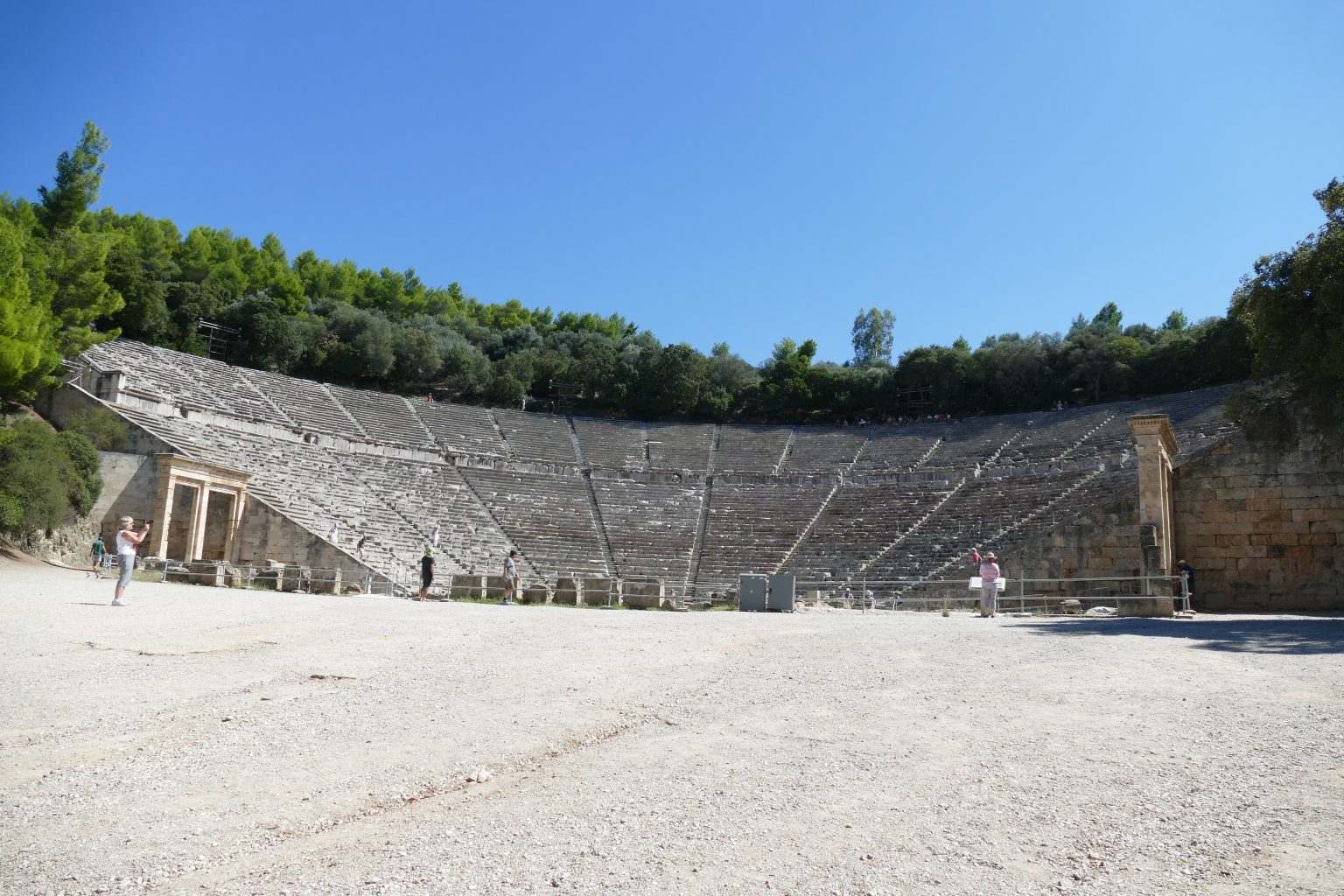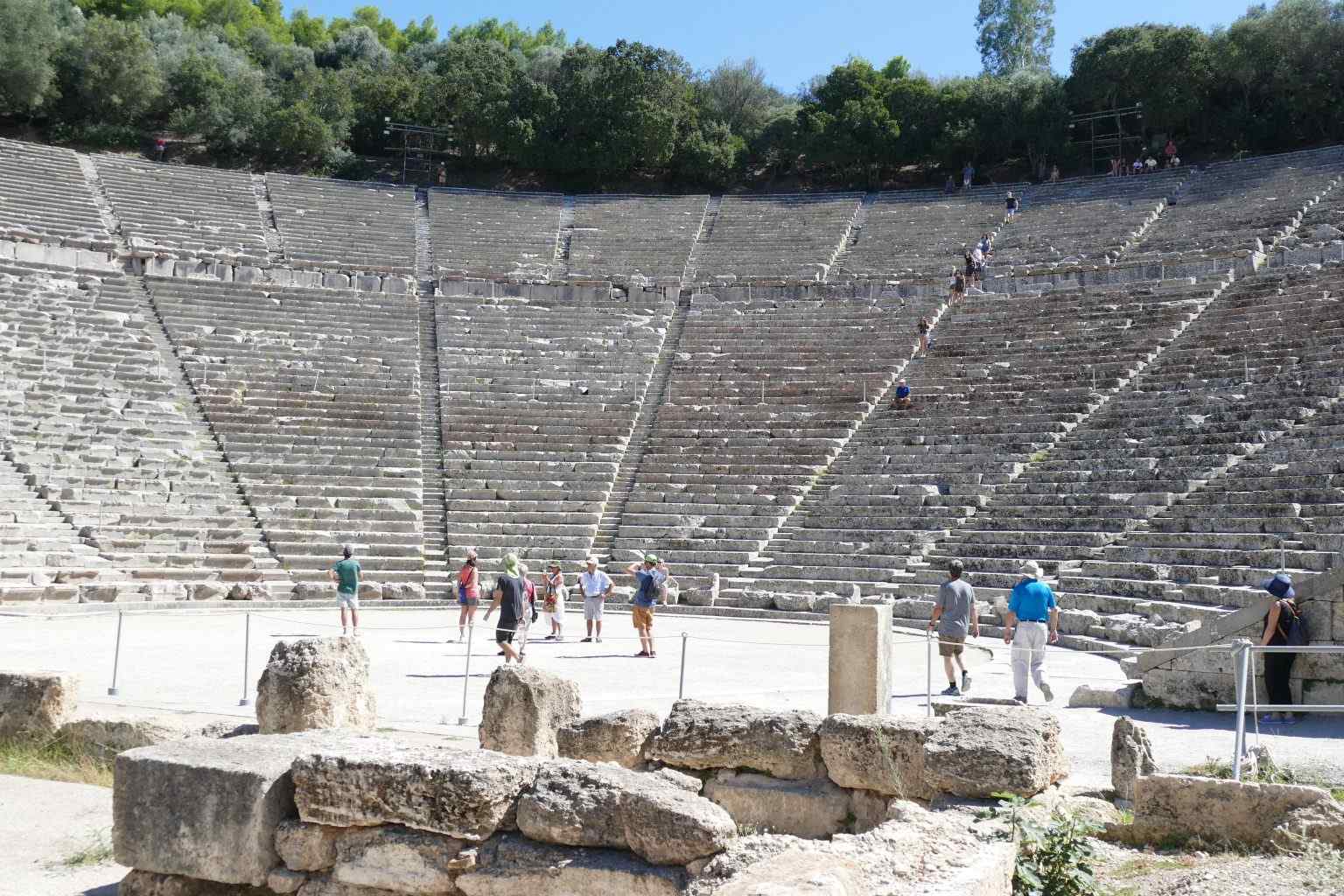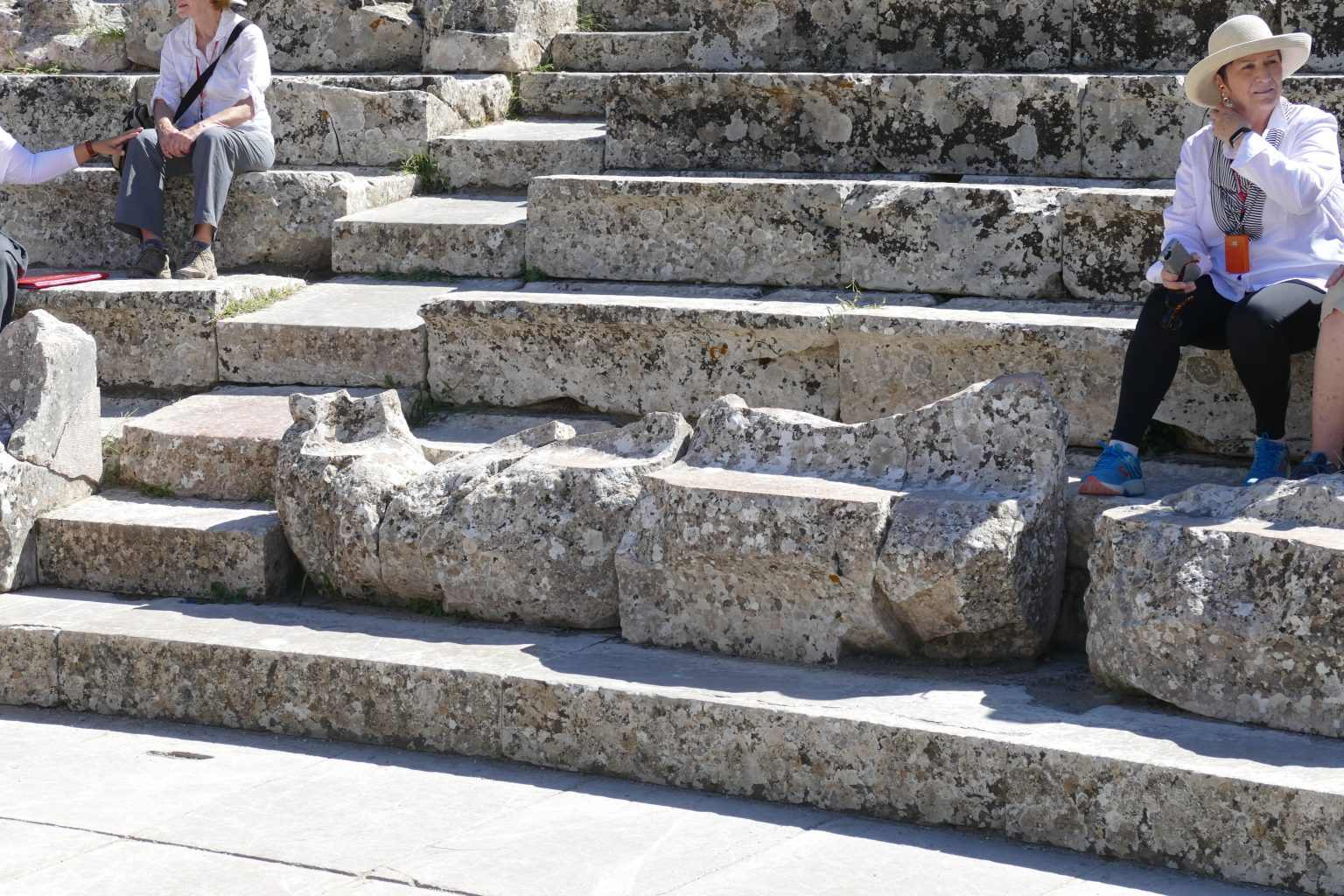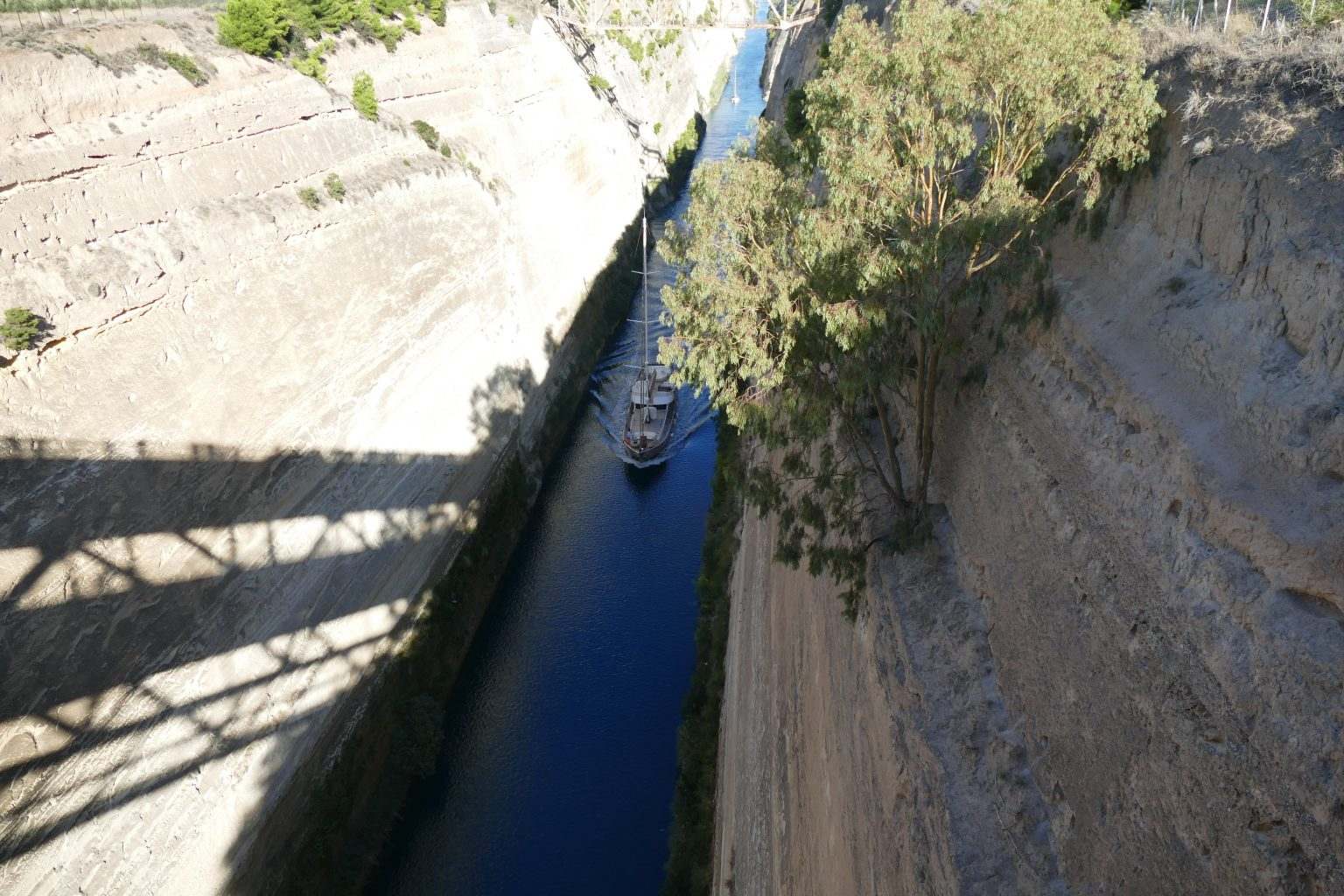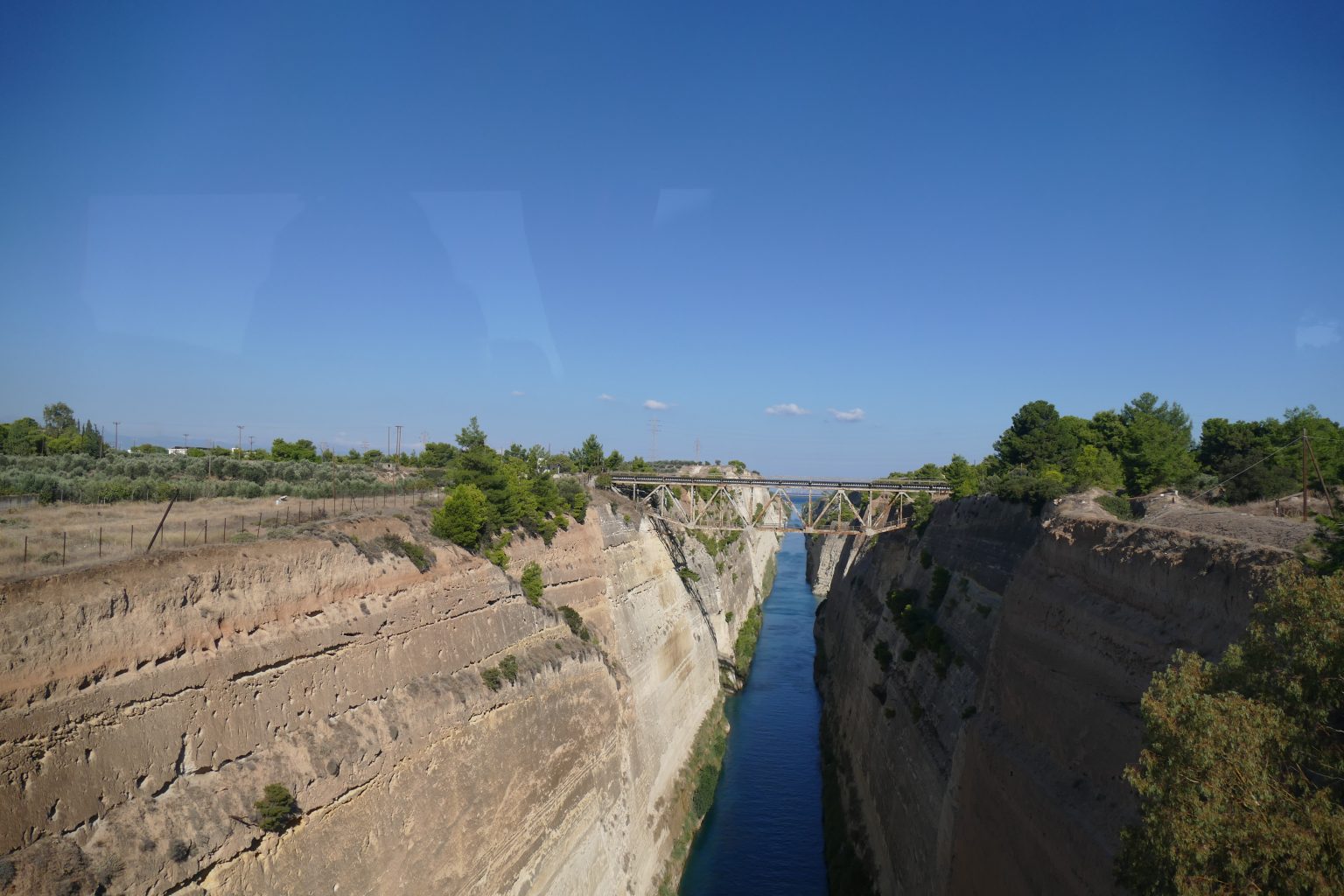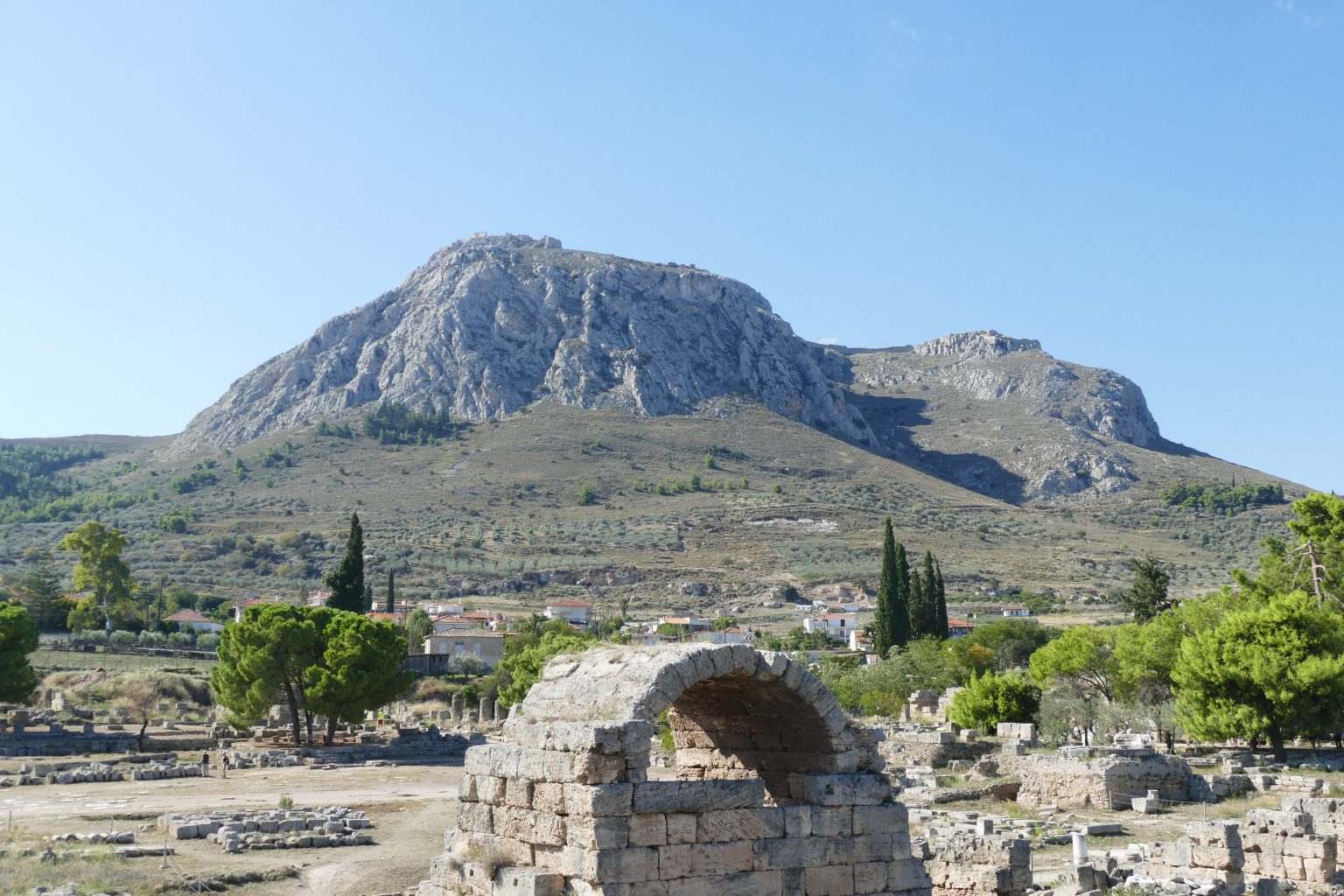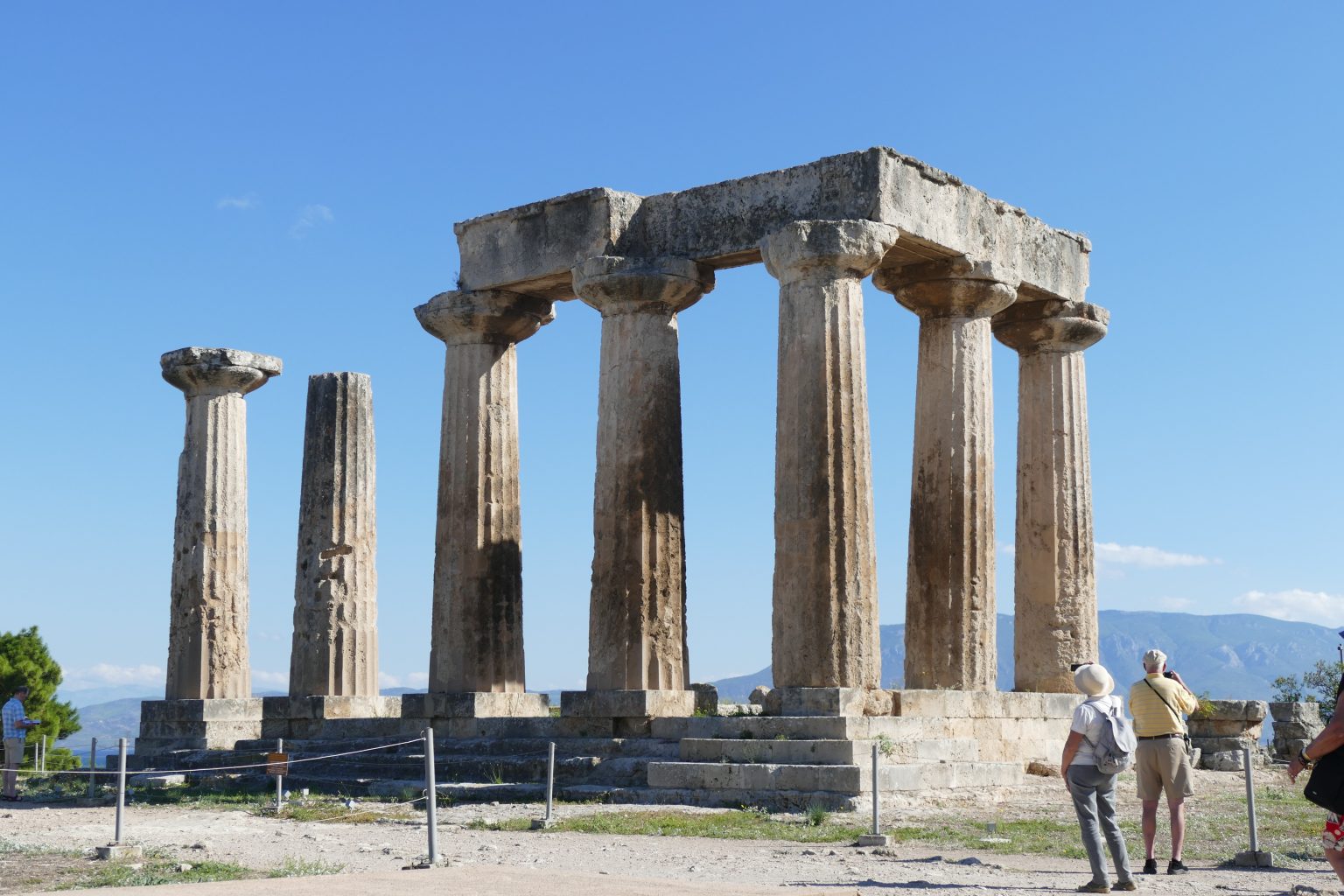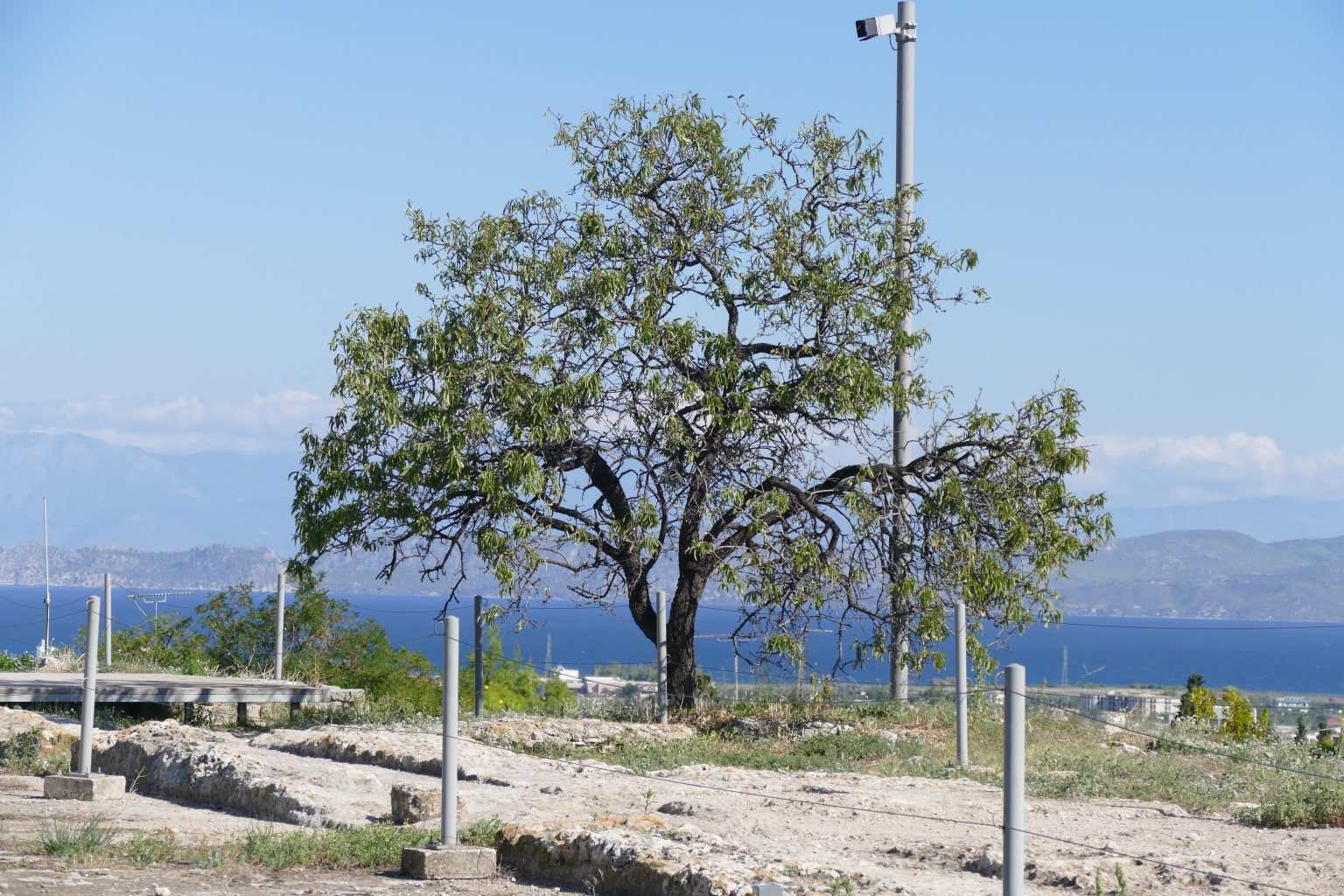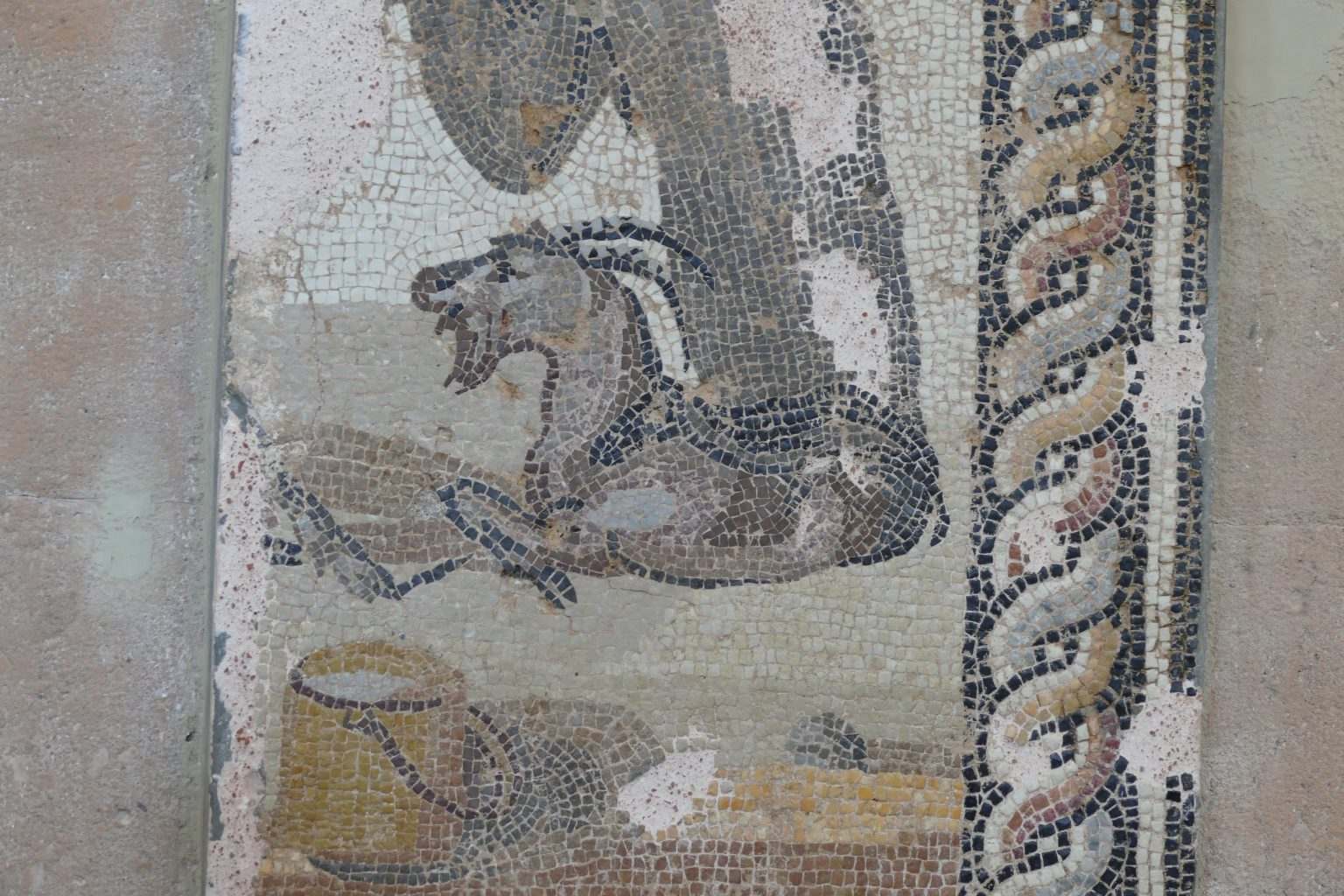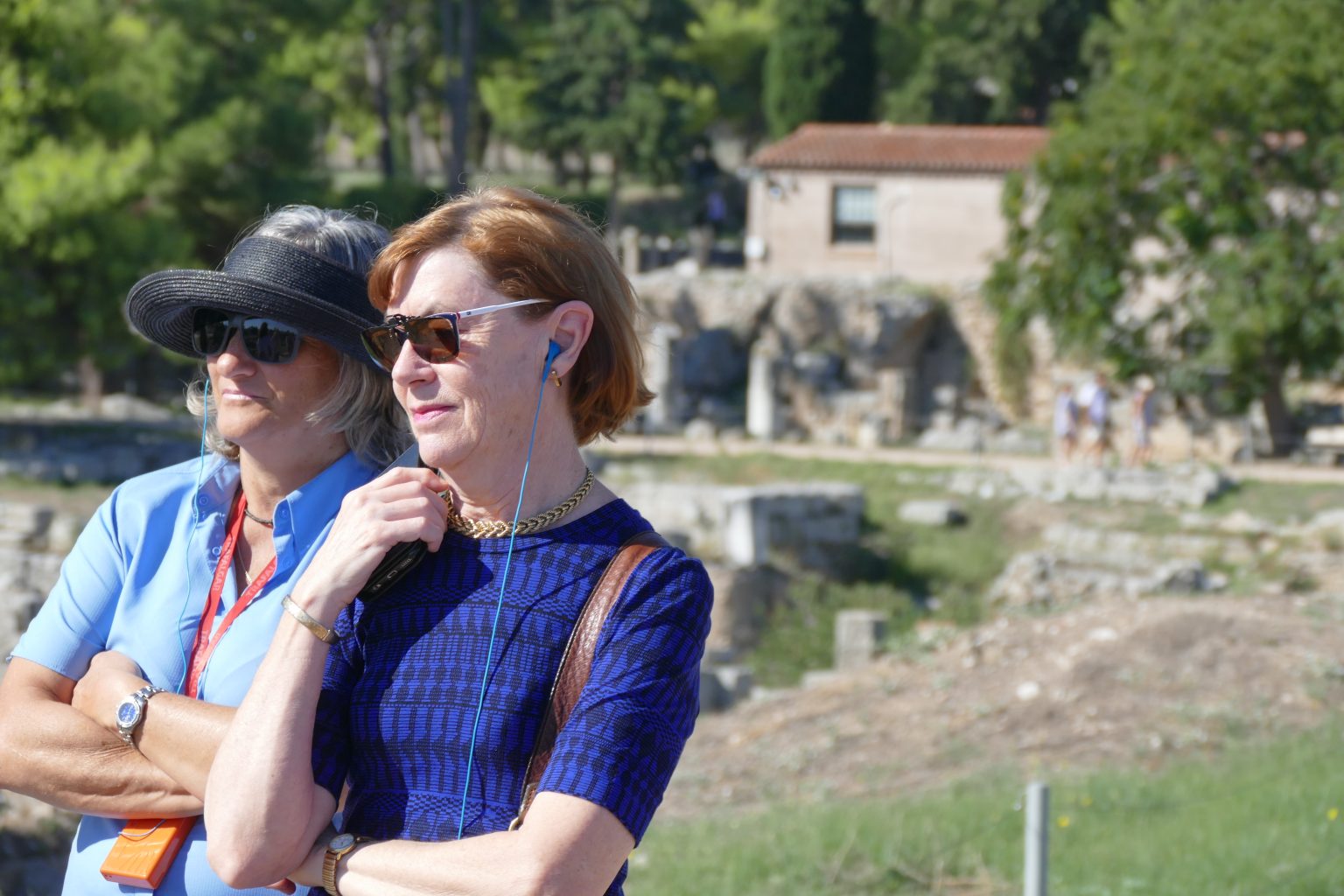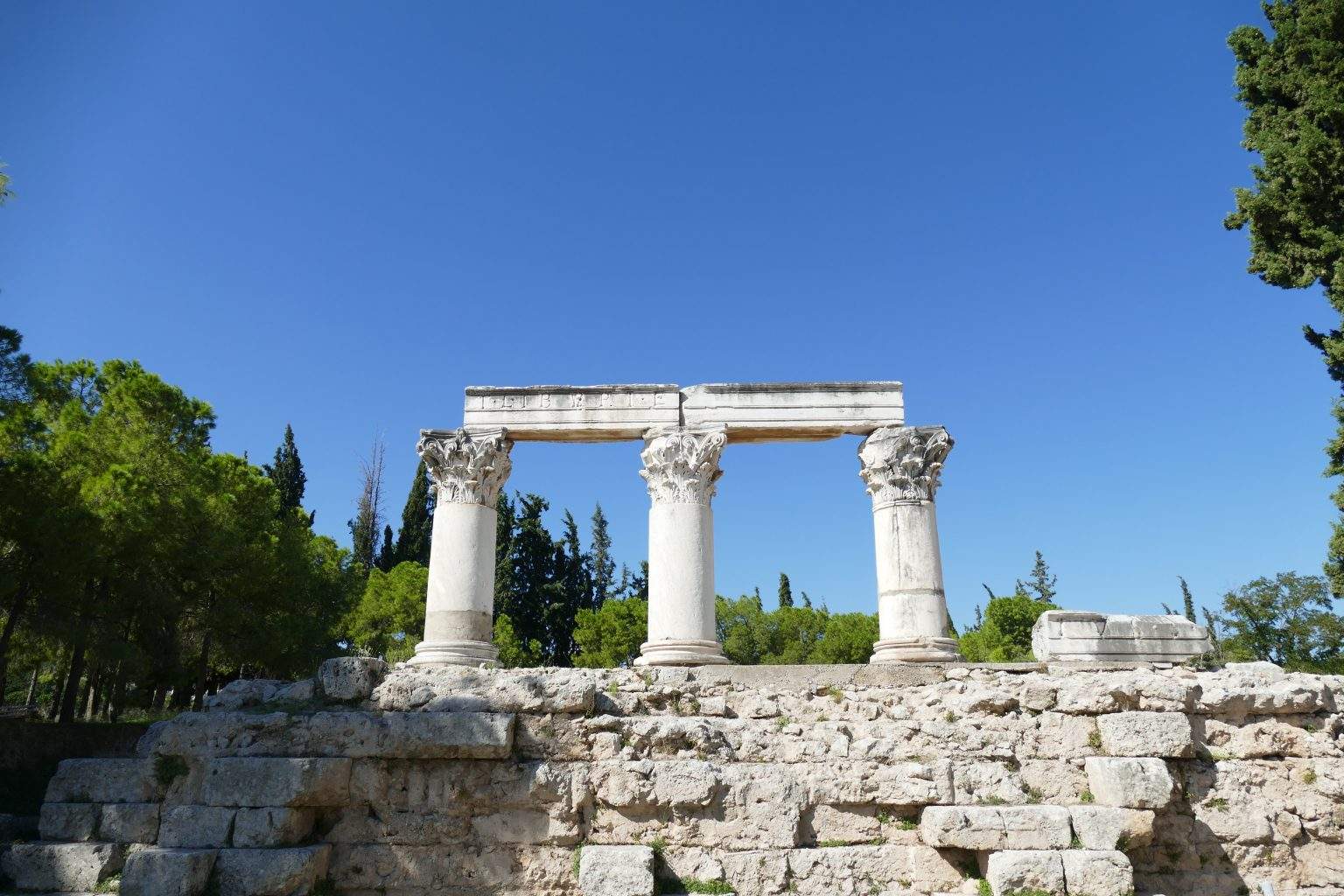Corinth Canal
On the way, cross the Corinth Canal to Peloponnesian Peninsula
The Corinth Canal connects the Gulf of Corinth to the Saronic Gulf, and thence to the Aegean Sea
Built in 1881, it is 6.4 km long and about 8m deep.
At a width of only 25m, it is too narrow for modern ships to navigate.
There had been many plans and attempts to build the canal, some thwarted by the myth that the Adriatic would flood the Aegean – even Julius Caesar baulked at it. Nero tried and failed.
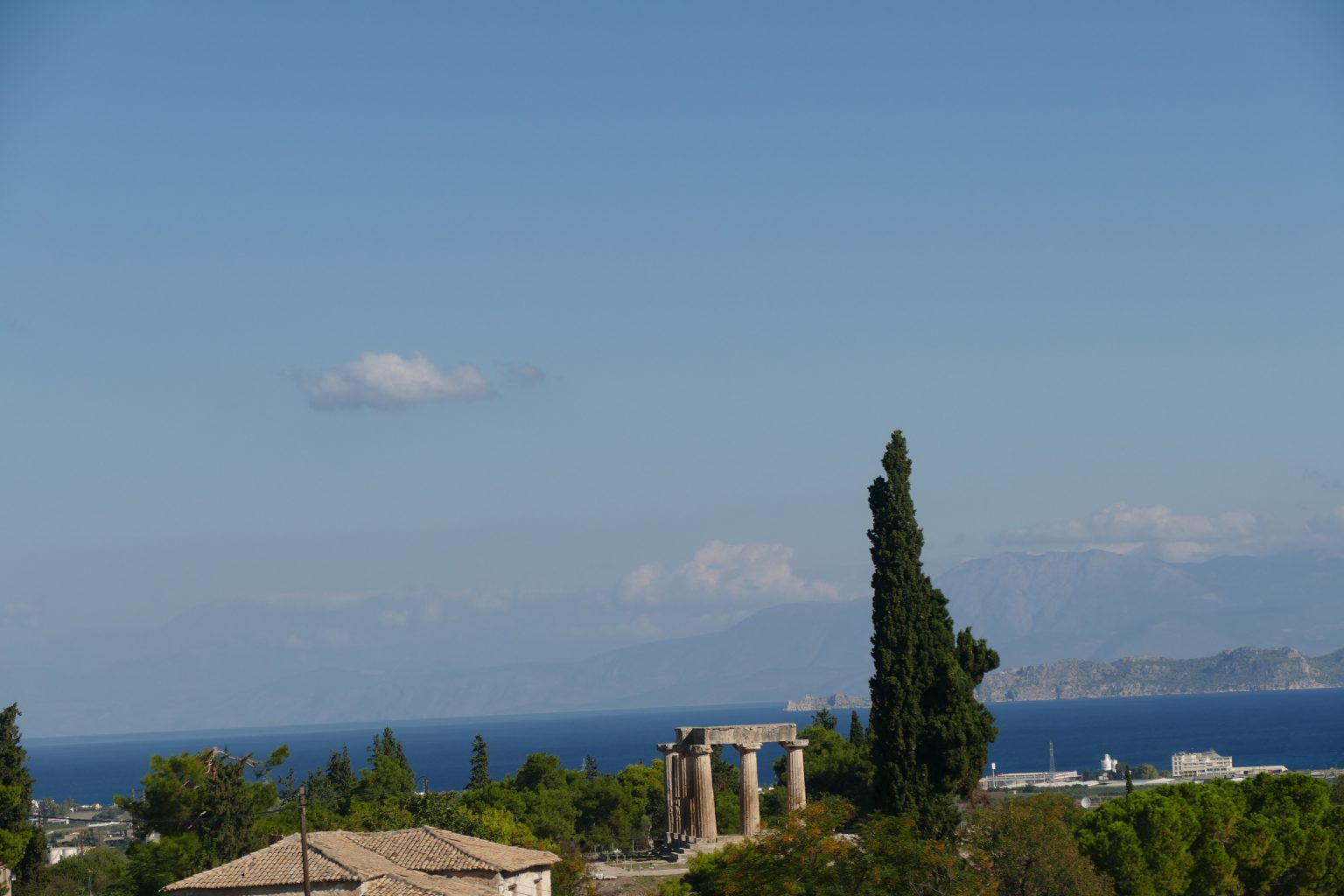
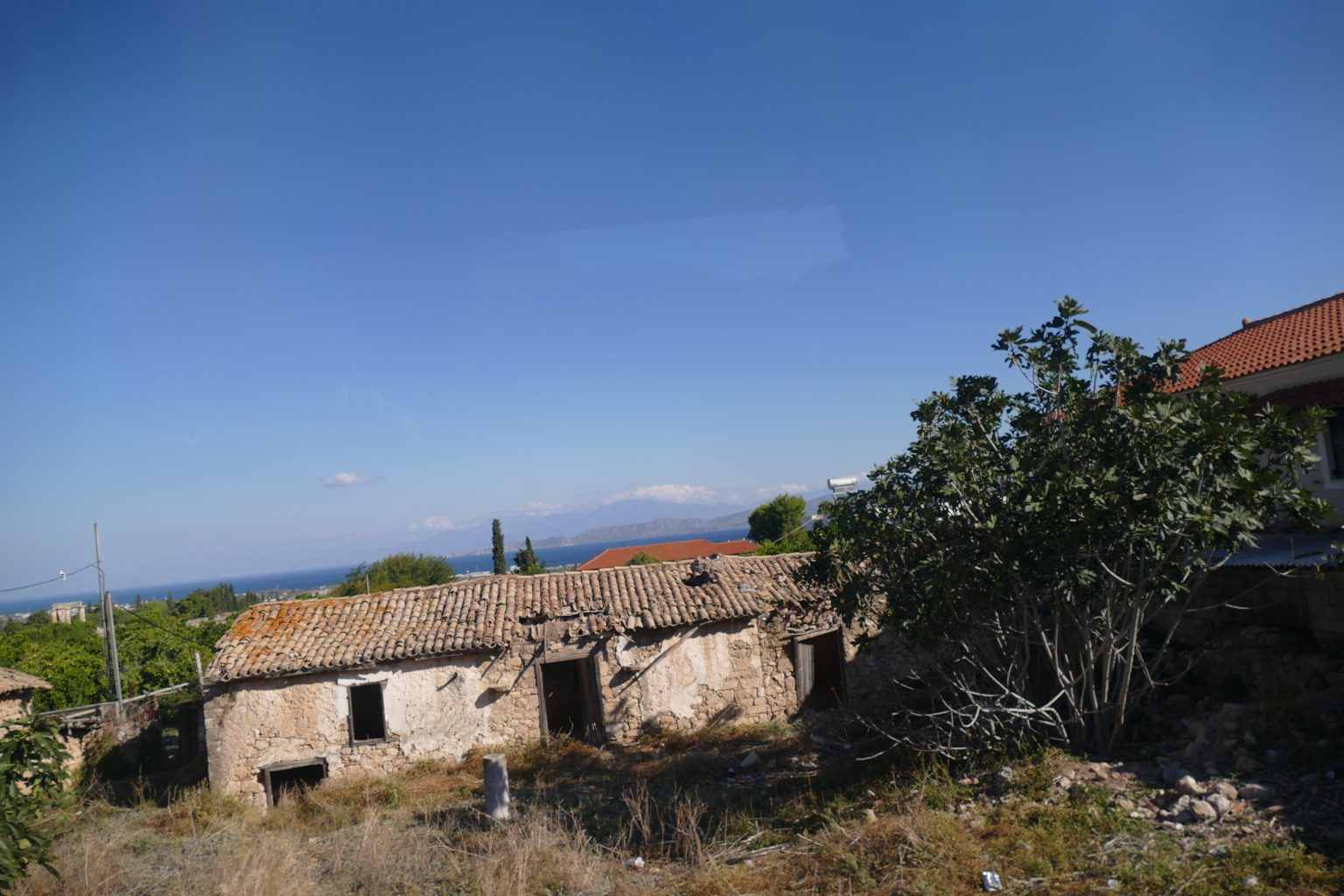 Ancient Corinth
Ancient Corinth
Neolithic pottery suggests that the site of Corinth was occupied from at least as early as 6500 BC, and continually occupied into the Early Bronze Age,
1 Corinthians 13:1
If I speak in human or angelic tongues, but do not have love, I am only a resounding gong or a clanging cymbal.
Why does this resonate???
I know I am going to hell!
There are actually 2 Corinths – Ancient Corinth was destroyed by an earthquake in 1858, and New Corinth was established about 3Km to the NE after that.
Acrocorinth (Acropolis of Corinth) is a monolithic rock, that was occupied from time immemorial until the earthquake.
Epidaurus
The ancient theatre
According to Pausanias, the ancient theatre was constructed by the architect Polykleitos the Younger. Pausanias praises the theatre for its symmetry and beauty.
At a maximum capacity of 13,000 to 14,000 spectators, the theatre hosted music, singing and dramatic games that were included in the worship of Asclepius.
It was also used as a means to heal patients, since there was a belief that the observation of dramatic shows had positive effects on mental and physical health.
